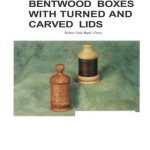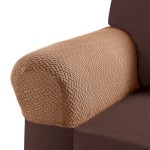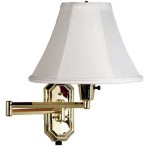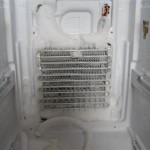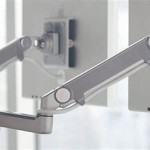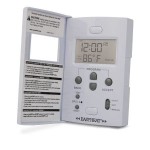What Does A Warm Spot On Your Floor Mean
A warm spot on your floor can be unsettling, especially when you know you didn’t leave anything electrical or heat-generating on. It's a sign that something may be amiss, and immediate attention is necessary. To identify the underlying cause and determine the appropriate course of action, several essential aspects need to be considered.
The temperature of the warm spot can provide clues about the potential issue. A moderately warm spot, typically around 10-15 degrees above the surrounding floor temperature, could indicate a minor problem like blocked airflow or inadequate insulation. However, a significantly warm spot, exceeding 20 degrees, warrants more concern, as it may suggest a more serious issue such as electrical malfunction or plumbing leak.
The location of the warm spot can also be informative. If it's near an electrical outlet, it could be a sign of a loose wire or faulty wiring. Similarly, a warm spot near a water fixture or pipe may indicate a leak or blockage in the plumbing system. Warm spots in high-traffic areas, on the other hand, could simply be a result of friction or heat transfer from nearby sources.
The material of the flooring plays a role in how heat is conducted and perceived. A warm spot on a carpet may be less noticeable than on tile, simply due to the carpet's insulating properties. Additionally, the subfloor material can affect the severity of the issue. A wooden subfloor, for example, may be more susceptible to rot or damage due to moisture or heat.
Other factors to consider include the age and condition of the flooring and subfloor, as well as any recent renovations or repairs. A sudden appearance of a warm spot could indicate a new problem, while a gradual increase in temperature over time may be a sign of a long-standing issue.
By carefully assessing these essential aspects, homeowners can gain valuable insights into the potential cause of a warm spot on their floor. This information will help them determine whether they can safely address the issue themselves or if professional assistance is necessary.
Understanding the underlying cause is crucial for implementing an effective solution. In some cases, simple measures like improving ventilation or adjusting furniture placement may suffice. For more serious issues, such as electrical problems or plumbing leaks, it's imperative to seek the expertise of a qualified electrician or plumber to ensure safety and prevent further damage.

What Those Warm Spots On Your Floor Mean

Sunlight Uv And Fading Hardwood Floors

Warm Spot On Floor It Could Be A Slab Leak Avner Gat Inc

What Color Should I Stain My Wood Floors

Repair Or Replace Water Damaged Floors 50 Floor

Sunlight Uv And Fading Hardwood Floors

Warm Spot On Floor It Could Be A Slab Leak Avner Gat Inc

Black Mould On Walls Causes Symptoms Prevention Treatment

How To Remove Heat Stains From Wood 10 Easy Diy Ways

How To Clean Pet Stains On Laminate Floors

